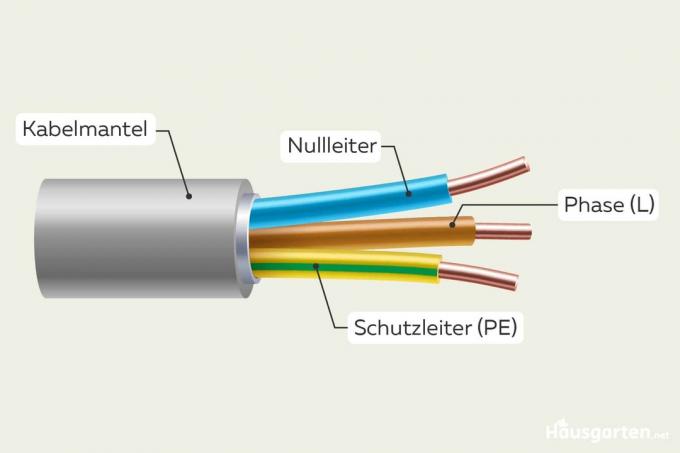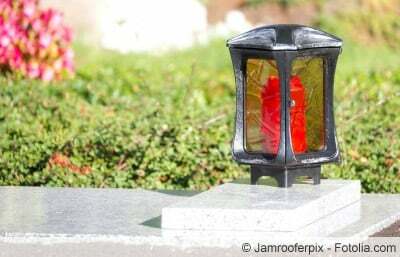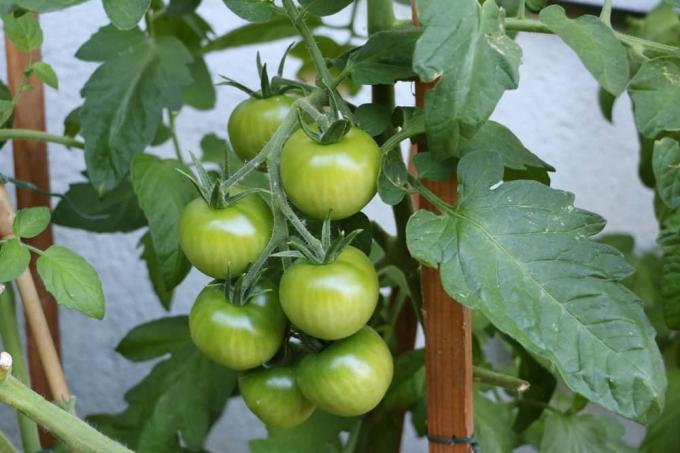

Table of contents
- The PE connection
- protection classes
- Connect
- safeguards
Many antique lamps are true gems. However, they often lack the connection for grounding or grounding. the protective conductor. However, under certain conditions, they can be safely connected.
The PE connection
A PE connection means the connection for earthing. It is needed to divert the current from a conductive body such as the housing to earth. This is to prevent the body or the housing itself is live and if you touch it you can get a sometimes life-threatening electric shock. If, on the other hand, no metal-conductive body can penetrate to the outside and thus not be touched, then no protective conductor is required either, which would divert the current to earth. The big question is whether this is actually the case with a lamp without a PE connection.
protection classes

electrical devices or Equipment is divided into three protection classes. Protection class 1 devices must be connected to the protective conductor. If, on the other hand, it is a device or around a lamp of protection class 2, earthing is not required. Equipment in this protection class does not usually have a PE connection either, since it already offers a high level of protection through reinforced or provide double insulation of their housing.
Tip:
With modern lamps, the protection class must be specified. For protection class 2, the associated symbol consists of two squares one inside the other.
With old or however, antique equipment often lacks this important identification or has been lost over time. With these lamps you should therefore proceed as follows:
- check whether there is a PE connection
- check if the housing is made of a conductive material
- check whether there is contact from a current-carrying cable to the housing
A notice:
If the housing is not made of metal but, for example, of plastic, you can assume that the lamp corresponds to protection class 2 and does not require grounding.
Connect
Let's assume that there is equipment in protection class 2, i.e. it has no PE connection. Three cables protrude from the ceiling to which the lamp is to be attached.

Each of these is one
- blue cable
- brown cable
- a green-yellow wire
The green-yellow cable the green-yellow connection is intended for the protective conductor. On the other hand, this protective conductor connection is missing on the lamp. Consequently, only the blue and the brown cable have to be connected. But what do you do with the green-yellow cable? Preferably the following:
- Wrap the stranded wire at the end several times with insulating tape
- the insulating tape is intended to prevent possible contact with a conductor
- Then roll up the cable as loosely as possible and hide it in the light housing without a connection
safeguards
It goes without saying that the power should be switched off for all connection work. If individual cables are still live, touching them can result in life-threatening electric shocks. cause severe burns. In order to be able to avoid this at all costs, you should protect yourself before starting work and personally check whether the current flow has actually been switched off. In addition, a lot of care is required later when insulating the green-yellow cable. Insulation must always be positioned to prevent possible contact with a live conductor. Otherwise, such a contact could lead to a short circuit. If the cable comes into contact with a conductor, a so-called ground fault can also occur. As a result, the circuit breaker (FI switch) in the house or triggered in the apartment and would be very difficult to switch on again.
 Home editorial office
Home editorial office
Learn more about bulbs / light

Light color table 827-880 | Color temperatures in Kelvin
The term "light color" is not immediately tangible for many when they are looking for a suitable light source. What is it actually about? Which light colors are there and what does the color temperature have to do with it?

Conversion watts: light bulb - energy saving lamp - LED
The energy values of lamps are given in watts. Maybe you also have the brightness of the classic light bulb in the back of your mind when you buy it. However, modern energy-saving lamps work with other values, the meaning of which you should memorize in order to determine the brightness.

Electric grave lights with LED and solar - note when buying
A very important part of the grave decoration is a grave candle, in addition to the grave stone or a grave cross, the plants and wreaths. It is placed on the grave on very special occasions to commemorate the deceased. The latest trend is electric grave lights with LED and solar. In addition to the proven natural candles and battery-powered lights, more and more grave lights with LEDs and solar technology have been used on graves for several years.

Atmospheric lighting in the conservatory: 12 ideas
The right lighting creates a pleasant atmosphere in the conservatory. With the right lamps, you can create an ambience according to your ideas. This guide will introduce you to 12 atmospheric conservatory lighting ideas that you can customize to your liking.

Sowing and growing tomato plants – 10 tips
Tomatoes have a fascinating diversity. Many varieties have fallen into oblivion, and in many cases searches in the trade are unsuccessful. Sowing tomato plants is not rocket science. However, a bright location and warmth are not the only factors that lead to a successful cultivation and harvest of Solanum sect. Lycopersicon are necessary.

Get rid of vinegar flies - the best remedies and home remedies
Vinegar flies are insects only a few millimeters in size, which are magically attracted to fermenting fruit. The animals do not spurn fruit juice residues either. The rumor persists that vinegar flies are difficult to remove. With the right tips and home remedies, however, you can definitely declare war on the small insects.



